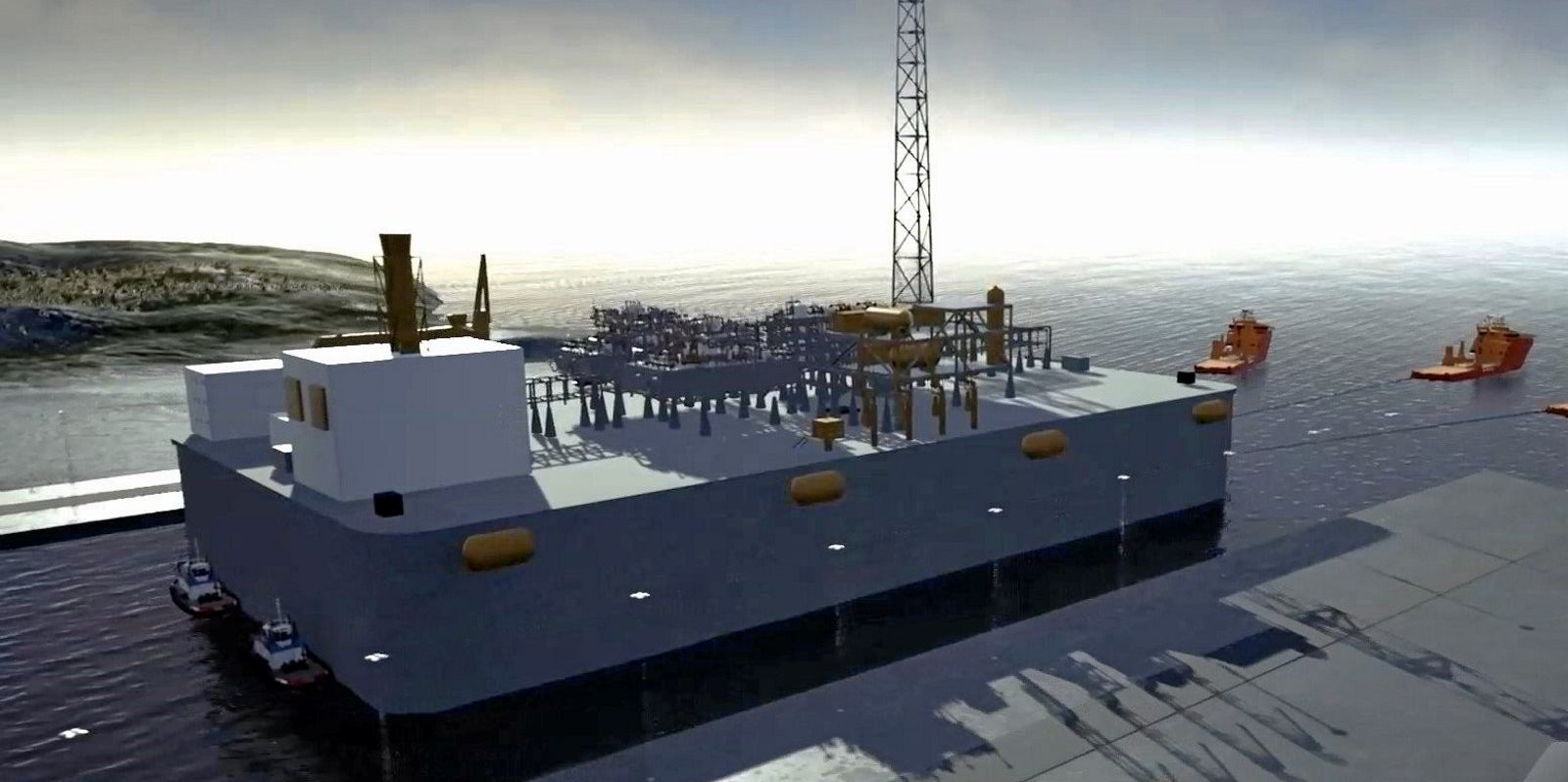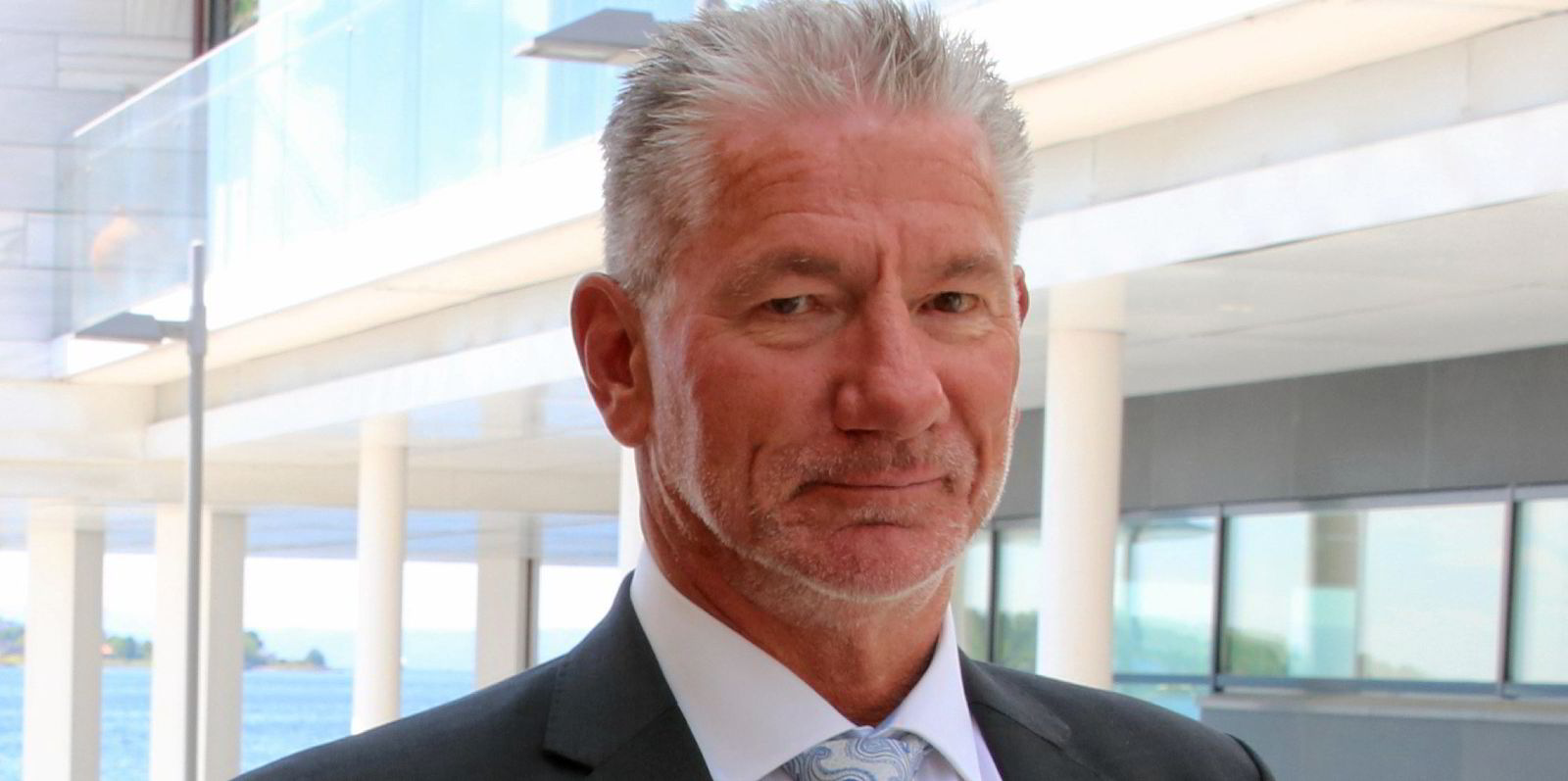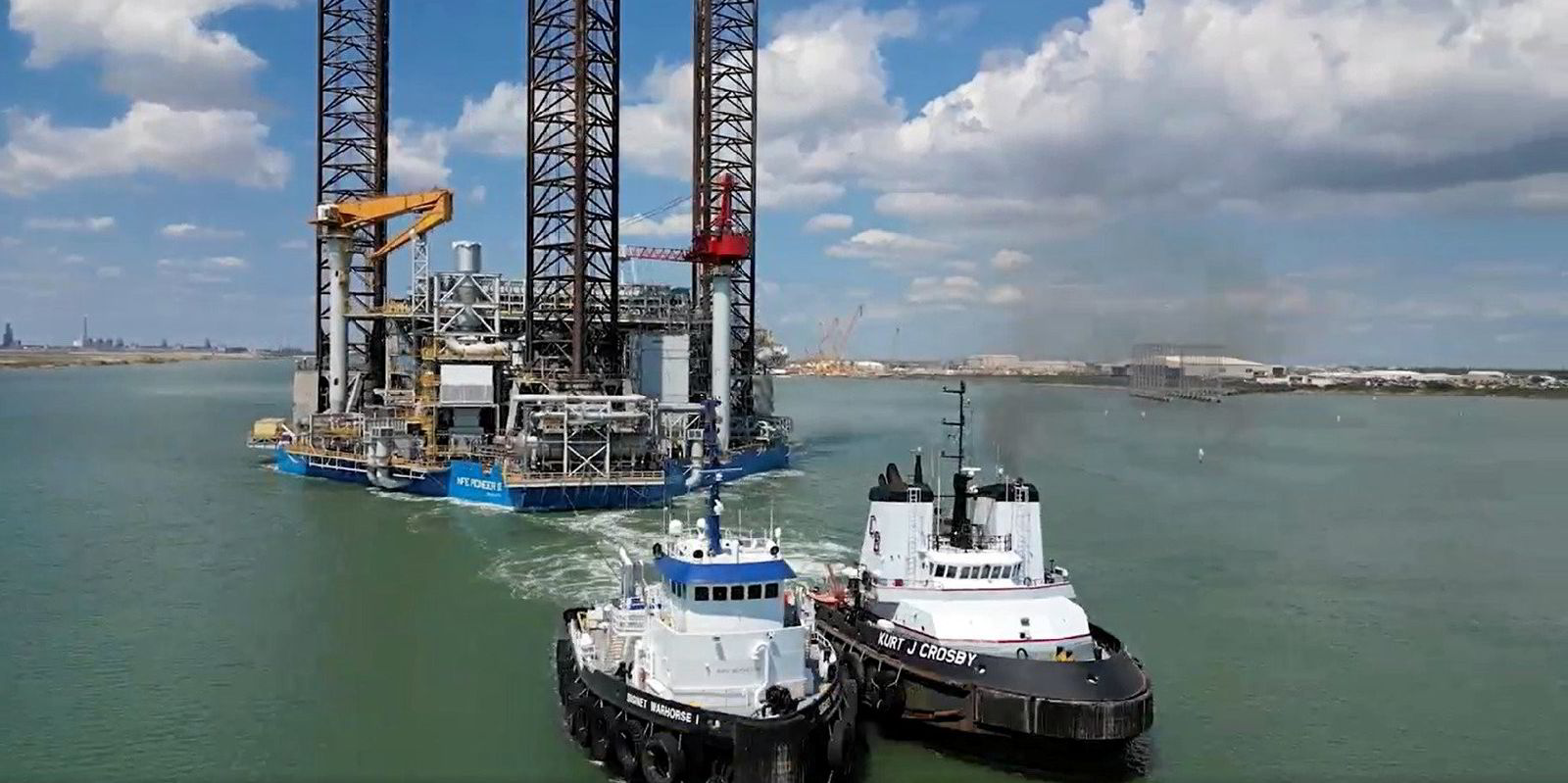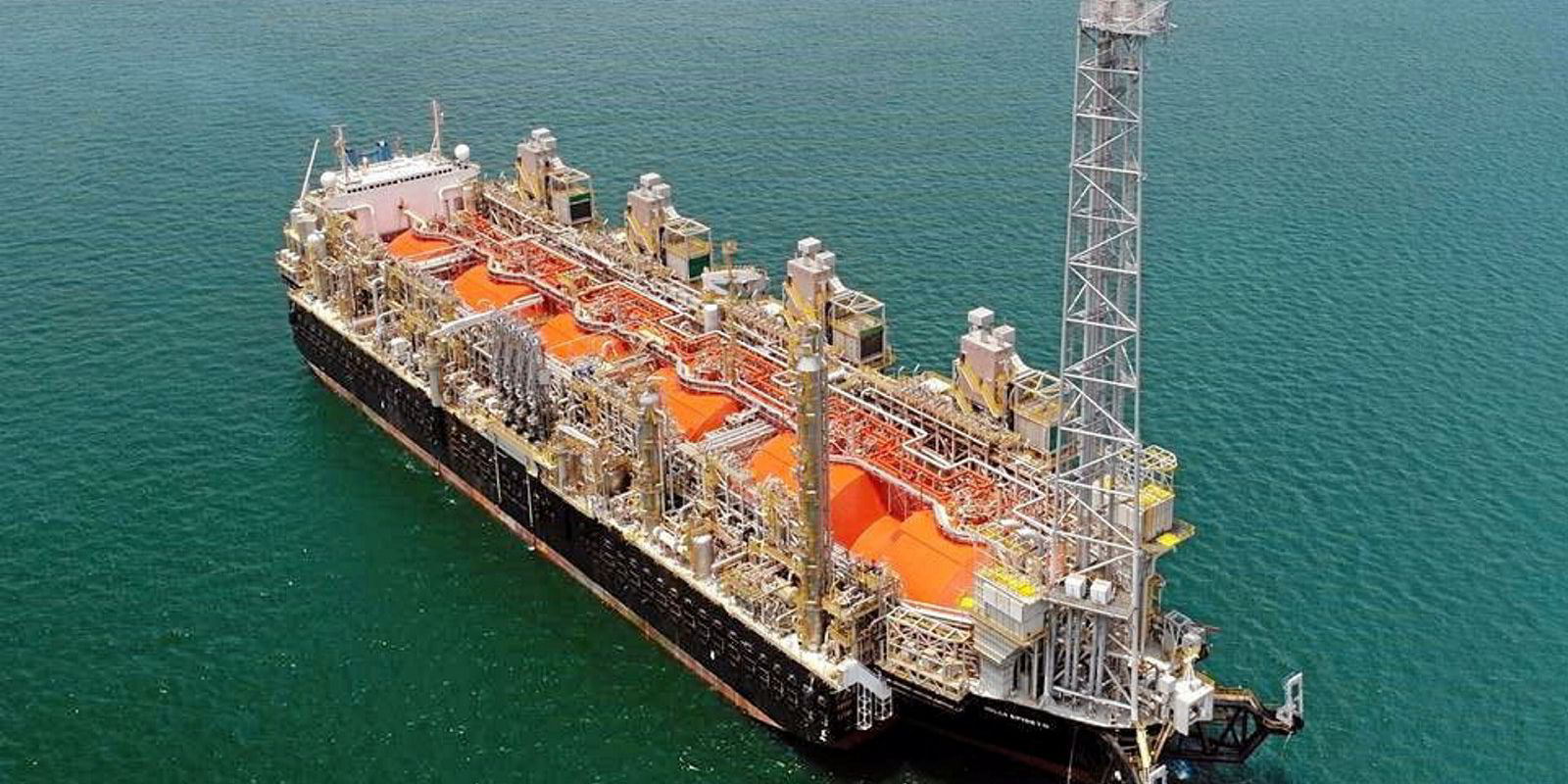Infrastructure company Crown LNG wants to use gravity-based structures to advance weather and environmentally challenged LNG terminal projects — but the organisation is also working on conventional floating storage and regasification in parallel.
Crown LNG, which was created by former LNG colleagues in 2016, is now pursuing its first GBS LNG terminal for Kakinada in India while also moving forward with a conventional floating storage and regasification unit for Grangemouth in Scotland.
Crown LNG chief executive Swapan Kataria is unsure which one will come to market first. But he told TradeWinds that infrastructure for liquefaction or regasification is “essentially one of the biggest bottlenecks” that the industry has had.
Kataria is passionate about the future use of GBS — a concrete structure on the seabed with storage tanks inside and a liquefaction or regasification kit on its surface — both for LNG production and terminals.
He stresses that Crown LNG is not competing with those building land-based terminals or FSRUs, but it is only going into areas where floating projects have failed because of technical challenges.
Crown LNG has settled on India — a large and emerging LNG buyer — for its first terminal, but it is also building a pipeline of projects in the background.
Aside from its job in Scotland, the company has also identified a potential GBS LNG terminal project for Vietnam and is eyeing up a possible liquefaction development that could use its technology off Newfoundland in eastern Canada.
But development work and building out the reach of a relatively new business takes cash, and Kataria said the company is trying to raise $50m for its first two projects.
Crown LNG is in the process of combining its business with US-listed special purpose acquisition company Catcha Investment Corp so that it can reverse in the outfit’s New York Stock Exchange listing.
The two companies filed a registration document with the US Securities and Exchange Commission in August and hope to see the venture listed early in 2024 under the ticker “CGBS”.
LNG roots
Crown LNG’s roots are with Argo LNG, which was planning a liquefaction project in the Gulf of Mexico about 10 years ago.
Kataria said this is where the concept of using GBS really began to sink in as the terminal was in a hurricane zone, where a floating unit could not work, and regulatory authorities were taking years to approve land-based projects. But the project did not have buyers, and its licence ran out.

Now Crown LNG is moving ahead with plans for a $1bn, 7.2-million tonnes per annum GBS regasification unit — or GBSRU — terminal project on India’s east coast, where it is difficult to find sufficient draught for an FSRU. Wave heights rule out a barge concept, and the cost of dredging for ship access would prove prohibitively expensive.
An FSRU project for Kakinada was attempted before it was put up for sale in 2016.
Crown LNG’s GBSRU would be located 19 km (12 miles) off Kakinada Port in 20 metres of water linked to the shore by a buried pipeline and capable of operating year-round.
Crown LNG has acquired an Indian company — KGL&G — that holds the licence for the project.
It is working with Aker Solutions, Wartsila Gas Solutions and Siemens Energy on the project.
Crown LNG plans to build the GBS near the final site using a temporary drydock to limit the towing distance.
Next generations
After its capital raise, Kataria said it will take Crown LNG between 18 and 24 months to reach a final investment decision — targeted for August 2025 — on the project and then three years to build and commission the facility, which could see the terminal in operation by March 2028.
While the price tag on Kakinada might sound steep, Kataria said it would simply be a matter of modifying the foundation or what Crown LNG calls the “LNG island”, which would likely reduce the cost of subsequent developments.
“This is the first project where we actually want to prove again that GBS works in harsh weather,” he said.
Kataria added that the GBS technology has existed since the 1970s. One GBS LNG terminal project in operation — Adriatic LNG in Italy — has been in place since 2009.
He said Crown LNG saw around 20 other locations in the world that wanted LNG but could not get it as there was no possibility of building a land-based terminal, and an FSRU could not operate there.
“That’s when it clicked for us that it’s an opportunity which can go global,” he said.
Looking to the end of the decade, Kataria said Crown LNG’s ultimate goal is to get into liquefaction to give it molecules. But, today, it is spending the bulk of its time on regas because that is where the demand is right now.
He calls Crown LNG’s GBS liquefaction and regas designs the generations one and two.
“I think my goal is to do a Gen 3, where we can have an integrated power plant,” he said. “Gen 4, which we want to develop, is really for green hydrogen to green ammonia.”






